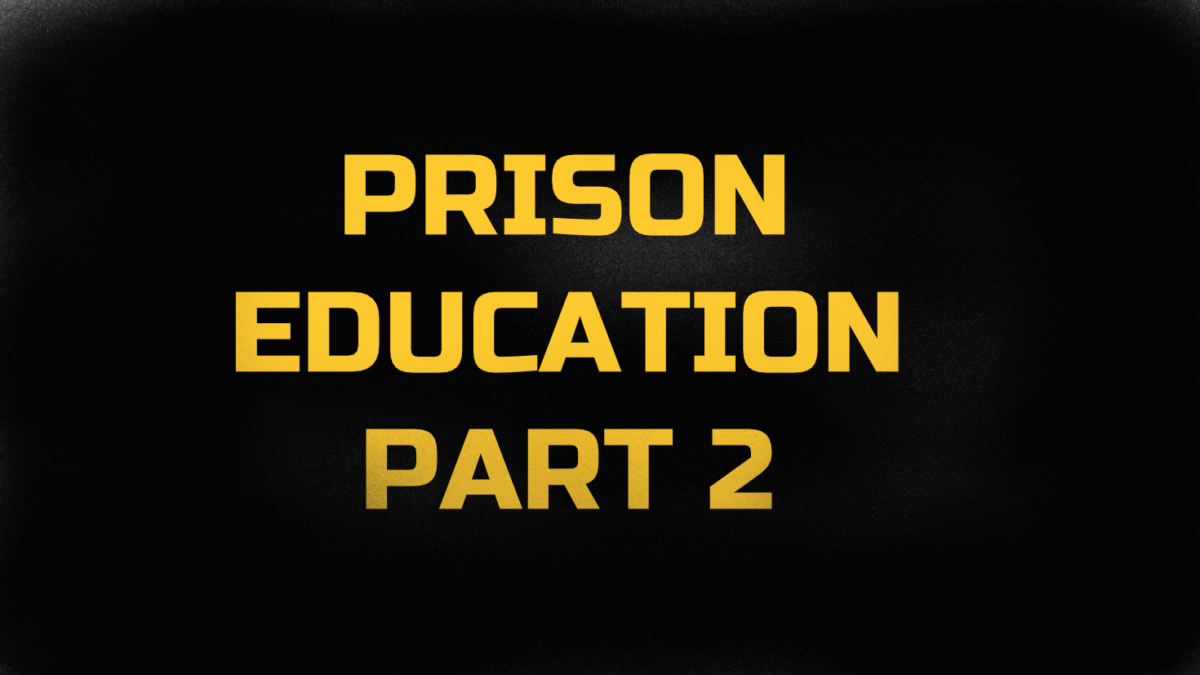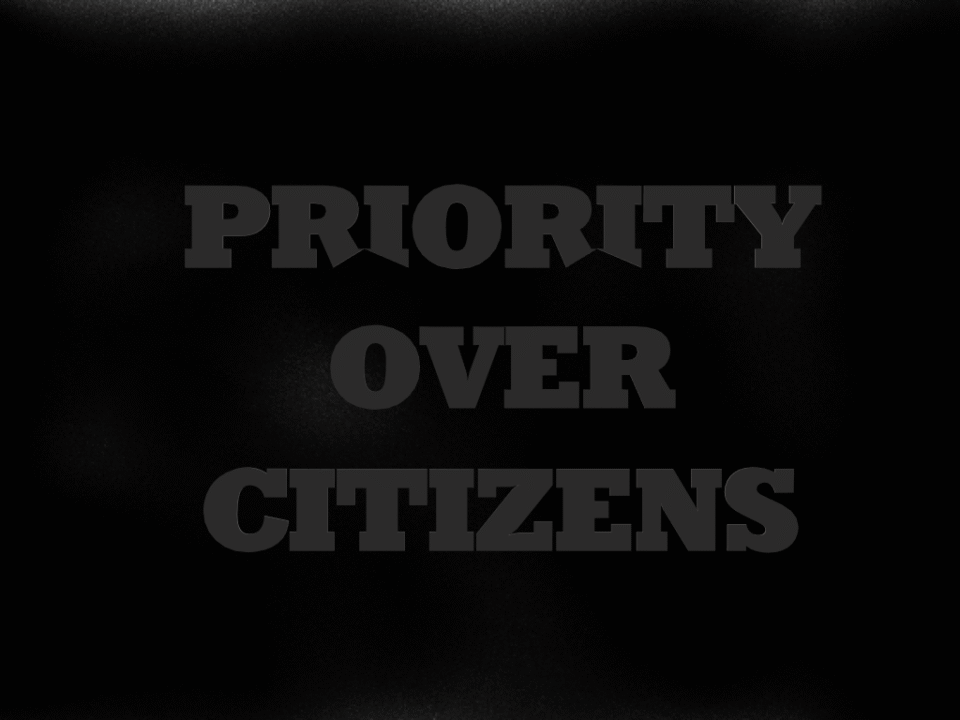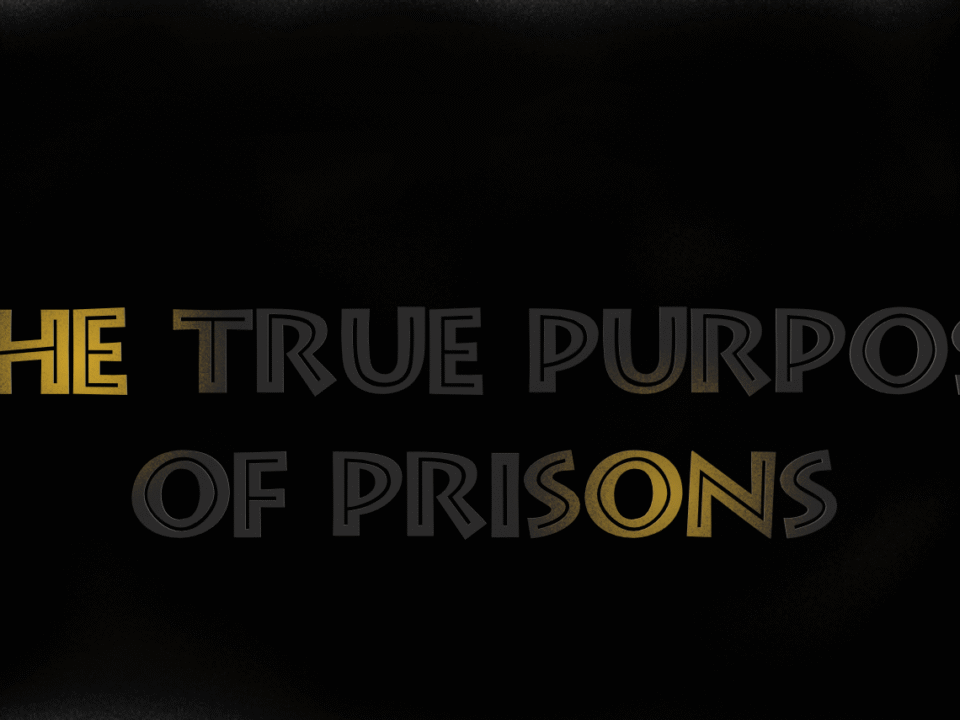
Rehabilitation?
July 11, 2025
Prison Education part 3
July 12, 2025Education in Prisons UK
Local prisons
The other crucial difference between local prisons and convict prisons was the time that prisoners spent in them. Sentences of imprisonment served in local prisons never exceeded two years and most were under three months.
Many prisoners were sentenced to just one week. Remand prisoners were rarely held for more than a few months. Prisoners sent to convict prisons before being transported to Australia spent months or sometimes years confined in them.
Those who were not transported, or who were sentenced to penal servitude, spent more than two years in convict prisons (including long stretches at individual institutions).
The difference is an important one, because learning – and by implication, rehabilitation – takes time. Short sentences limited the effectiveness of prison education.
Prisoners who ended up in the convict sector first spent time in local prisons waiting for their trial. It is worth noting too, that while local prisons typically accommodated those accused or convicted of crimes committed in the local area (broadly speaking),
Convict prisons, typically located in London and on the south coast, took prisoners from all over England and Wales. Transfer to the convict sector often took prisoners far away from family and friends.
Local Prisons
Over the course of the 1800s the number of different types of prisons decreased. In the early 1800s, there were many different types of prisons, each of which purported to perform a specialist function in the prison system
– for example, gaols for remand prisoners, prison hulks (decommissioned war ships fitted up as prisons) for ‘invalids’ (i.e. men considered too weak to undergo transportation to Australia), Pentonville for ‘promising men’ (i.e. those who showed signs they could be reformed).
As the century progressed, the differences between prisons were eroded and the system was streamlined. In 1850, Millbank and Pentonville became prisons for all convicts serving their first stage of punishment in separate confinement.
Hulks (in England) disappeared in the late 1850s. The juvenile prison was abolished in 1864. In 1865, all gaols and houses of correction became local prisons.
By the 1880s, there were no longer probationary and public works prisons for men, just convict prisons, which often accommodated men in both stages. In the convict sector, the only remaining difference at the end of the century was between male and female prisons
The diagram in the previous section only maps the prison system for England and Wales in the 1800s. Scotland and Ireland developed their own prison systems but these had many common features and, in the case of Scotland, connected with the English and Welsh prison system too.
Both Ireland and Scotland had local prisons which served as a point of entry into the prison system for those accused of crime, and which were used to accommodate those sentenced to short periods of imprisonment.
Irish and Scottish prisons
In 1840, a General Prison was established at Perth in Scotland for prisoners with sentences of imprisonment which exceeded nine months. In time it was also used for those serving the probationary stage of their transportation or penal servitude sentence. Otherwise, Scottish convicts were sent to convict prisons (and hulks) in England until the erection of Barlinnie Prison in 1882.
Ireland had its own convict prison system but there were similarities. The Richmond General Penitentiary in Grange Gorman, opened in 1820, was Ireland’s Millbank, and Mountjoy Prison (which opened in 1850) was Ireland’s Pentonville.
In 1853, Ireland diverged somewhat when it adopted a three-stage punishment for penal servitude sentences. Convicts served a first stage in separate confinement, a second stage on public works, and a third stage in open prisons.
Rising crime rates and the expanding use of imprisonment soon caused prisons which had been reformed in the late 1700s to become overcrowded and appear inadequate once more.
Many prisons across Britain and Ireland had also remained untouched by the work of reformers such as Howard and Fitzpatrick.
A new generation took up the cause of penal reform. Like their predecessors, these new penal reformers also drew attention to the dreadful conditions in which prisoners were held.
However, in the context of rising crime rates and the growing use of sentences of imprisonment, they paid greater attention to the character of the offender.
Convicted criminals, they argued, should not be made worse because of their imprisonment but should be reformed and returned to society as productive Christian subjects.
Through the formation of lobby groups, including the Society for the Improvement of Prison Discipline in Britain and the Association for the Improvement of Prisons and Prison Discipline in Ireland, penal reformers put pressure on central government to act.
Legislation to reform Irish prisons was passed in 1819 and 1821, and legislation for English and Welsh prisons in 1823, in the form of the Gaols Act. Attention focused on:
- the classification of prisoners to separate the convicted from the untried, and serious offenders from minor offenders
- the provision of employment to prevent idleness and foster good work habits
religious instruction to reform the soul.
Social Unrest
These core principles were combined with other reforms such as the prohibition of alcohol, a ban on the use of manacles (i.e. iron hand- or ankle-cuffs), and the provision of female warders for female prisoners. Such reforms helped to provide better conditions for teaching and learning in the prison.
However, to explain the appearance of schemes to teach prisoners to read and write, developments outside of prisons also need to be considered.
In the late 1700s and early 1800s, Britain and Ireland were in the grip of a social crisis. Under pressure from the increasing pace of industrialisation and urbanisation, the old order appeared to be breaking down.
During the 1700s, many people moved from the countryside to towns for work. By the 1790s, about 60% of people in Britain and Ireland lived in the countryside and 40% in towns and cities.
London was by far the largest city with about one million people, followed by 187,000 in Dublin.
There had been rapid population growth over the last 40 years and with more people than there were jobs, wages were low.
In Manchester, for example, unemployment was high, and the endemic poverty was made worse by poor harvests and (due to the war with France between 1793 and 1802) fewer sales overseas.
Political unrest followed social change. In France, there was a revolution in 1789. Revolutionaries abolished aristocratic titles, called everybody citizen, and ended the practice of slavery in French colonies.
Social Unrest
Across the British Isles, ideas spread about the ‘rights of man’. These ideas were dangerous for the ruling elites, given that, in Britain and Ireland, about half the land was owned by just 12,000–13,000 families. It was also possible to buy a variety of influential jobs, including that of MP, which further cemented the inequalities in society.
Rebellion broke out in Ireland in 1798 and there were violent protests by Catholics against the Protestant elite. Nor was such fighting confined to Ireland. Over 200 people died in a week of anti-Catholic rioting in London in June 1780. This involved attacks on metropolitan prisons, including Newgate Gaol, the New Gaol Southwark, the Surrey House of Correction and the Marshalsea prison. Hundreds of prisoners were released by the rioters.
There were riots in Birmingham in 1791 in defence of Church and King. In 1819, a Manchester protest meeting dispersed by armed cavalry resulted in approximately 18 deaths, and over 600 people injured. This last event, Peterloo, rapidly became a symbol of the tyranny of the old order, the fecklessness of the mob and the need for change.
Illiteracy (the inability to read and write), which had been acceptable in traditional, rural societies, began to look out of place and uncivilised in new, urban environments. Industrial employment combined with migration to the towns was stalling the spread of literacy among the lower classes. At the same time, the dissemination of cheap, seditious literature, such as Thomas Paine’s Rights of Man (1791), suggested to the ruling elite that the acquisition and use of the skills of reading and writing needed to be controlled. A growing number of philanthropic individuals and groups sought to combat poverty, radicalism and crime by teaching the poor and prisoners to read and write.
One proposed solution to the social crisis was the promotion of Christianity, or the evangelisation of the masses. In 1800, about 90% of the UK’s population were Christians.
Despite this, social elites believed that many of the poorer people had stopped attending church and knew little about God. Reacquainting them with the Bible, they argued, would secure social harmony and reduce crime.
Proponents of this belief were leaders of an Evangelical revival which began around 1740. This movement led to the formation of an Evangelical party within the Church of England, the revitalisation of older dissenting congregations (such as the Society of Friends, or Quakers, and the Independents), and the formation of new denominations, notably Methodism.
All placed great emphasis on personal salvation and individual access to the Bible. The ability to read was therefore an essential tool for Christianisation. Instruction in writing helped to reinforce the skill of reading and to aid the memorisation of key messages from the Bible.
Christian Evangelicalism
Evangelicals of all stripes took a particular interest in prisons and prisoners. John Wesley (1703–91), the founder of Methodism, preached at least 67 times in prisons, raised money for clothing and blankets and encouraged followers to visit prisons too.
His campaigns led the authorities at Bristol’s Newgate Prison to separate male and female prisoners, end drunkenness, and provide Bibles for prisoners to read.
Wesley provided inspiration for penal reformer John Howard who was himself an Independent.
After 1800, Quakers took a leading role in the penal reform movement. Most famous was Elizabeth Fry (1780–1845). After visiting Newgate Gaol in 1813, Fry successfully campaigned for the improvement of conditions on the female side of the prison.
She also established a school for children imprisoned with their mothers which was later expanded to include adult prisoners.
As a result of Fry’s efforts, prison visiting became fashionable and associations of lady visitors were established throughout the UK. Quakers, some of whom were related to Fry, banded together to establish the Society for the Improvement of Prison Discipline in 1816. In this undertaking, they were joined by several leading Church of England Evangelicals.
Focused on redemption, or the saving of souls from damnation, Anglican Evangelicals believed that the country’s most troubled and troublesome people – alcoholics, slaves, prostitutes and prisoners – needed Christianity.
Utilitarianism
An alternative solution to society’s ills was offered by Utilitarians. Their goal was the arrangement of society to achieve the ‘greatest happiness of the greatest number’. Social harmony, they argued, could be achieved through legislation which channelled the people’s impulses in ways that best served society. Literacy offered a means of self-improvement and, therefore, a solution to poverty.
Utilitarians also became active in penal reform. Jeremy Bentham (1748–1832) provided early leadership through his involvement in the quest to establish a national penitentiary (what became Millbank Penitentiary). His design for what he termed the ‘Panopticon’ assumed that humans wanted to maximise their pleasure and minimise their pain.
If prisoners believed that they were constantly under surveillance they would be motivated to regulate their own behaviour. He rejected hard labour, arguing that more interesting employment would lead the idle to love work. In his opinion, literacy made people more useful and productive
Both Utilitarians and Evangelicals favoured the spread of education. They were united in the idea that literacy could have ‘a profound impact on the mental and moral character of the individual and by extension [wider] society’ (Vincent, 1989, p. 6).
Members of both movements were involved in the expansion of education in England, Wales and Ireland from the late 1700s. As Scotland already had a parish school system, the task was considered less urgent.
In Ireland, England and Wales, Christian bodies moved to supplement the teaching of the poor provided by private schools (i.e. schools run by working men or women who were themselves barely literate).
Sunday schools (which were not only for children) appeared in the 1780s and spread throughout England, Wales and into Scotland.
The expansion of education
In England and Wales, two rival school societies were established, the British and Foreign Schools Society (1808), which was run by Christians who did not belong to the Church of England (non-conformists), and the Church of England-run National Schools Society (1811).
Both promoted a system of teaching called ‘minitrial’, in which pupil-monitors assisted trained teachers to drill their peers to memorise the letters of the alphabet and build up to words. Concerns about adult illiteracy led to the establishment of an ‘adult school’ by non-conformists in Nottingham in 1798.
Methodists began an Adult School Movement in 1812. By 1818, there were more than 200 adult schools in England and Wales.
Reports published by the school societies and MPs at Westminster increasingly proclaimed that crimes were most often committed by those with the least education. Low levels of crime among Quakers, who were often highly educated, and Scots, who had access to a national system of education, were cited as evidence. Thomas Pole, one of the founders of the adult school movement, wrote in 1816
By a comparison of the criminal calendars of England and Scotland, it is found that criminal offences are ELEVEN times more frequent in England, in equal portions of the population, than they are in Scotland! … What constitutes the difference? In Scotland the poor are educated – in England they are not(Pole, 1816, p. 60)
This view, combined with the expansion of education in British and Irish society, and the role of Quakers and Utilitarians in the penal reform movement, led to experiments with education in prisons. In 1814, the Coventry Branch of the National Schools Society helped to establish a school for juvenile offenders in Warwick County Gaol (Crone, 2022, ch.1).
The chaplain at Millbank Penitentiary was tasked with providing instruction in reading and writing when the prison opened in 1816.
Reports of inspections carried out by the Society for the Improvement of Prison Discipline in Britain and the Association for the Improvement of Prisons and Prison Discipline in Ireland revealed the development of many more schemes, some of which were quite advanced.
At prisons in Sligo, Naas and Carrickfergus, for example, schoolmasters were employed to teach reading, writing and arithmetic to prisoners




